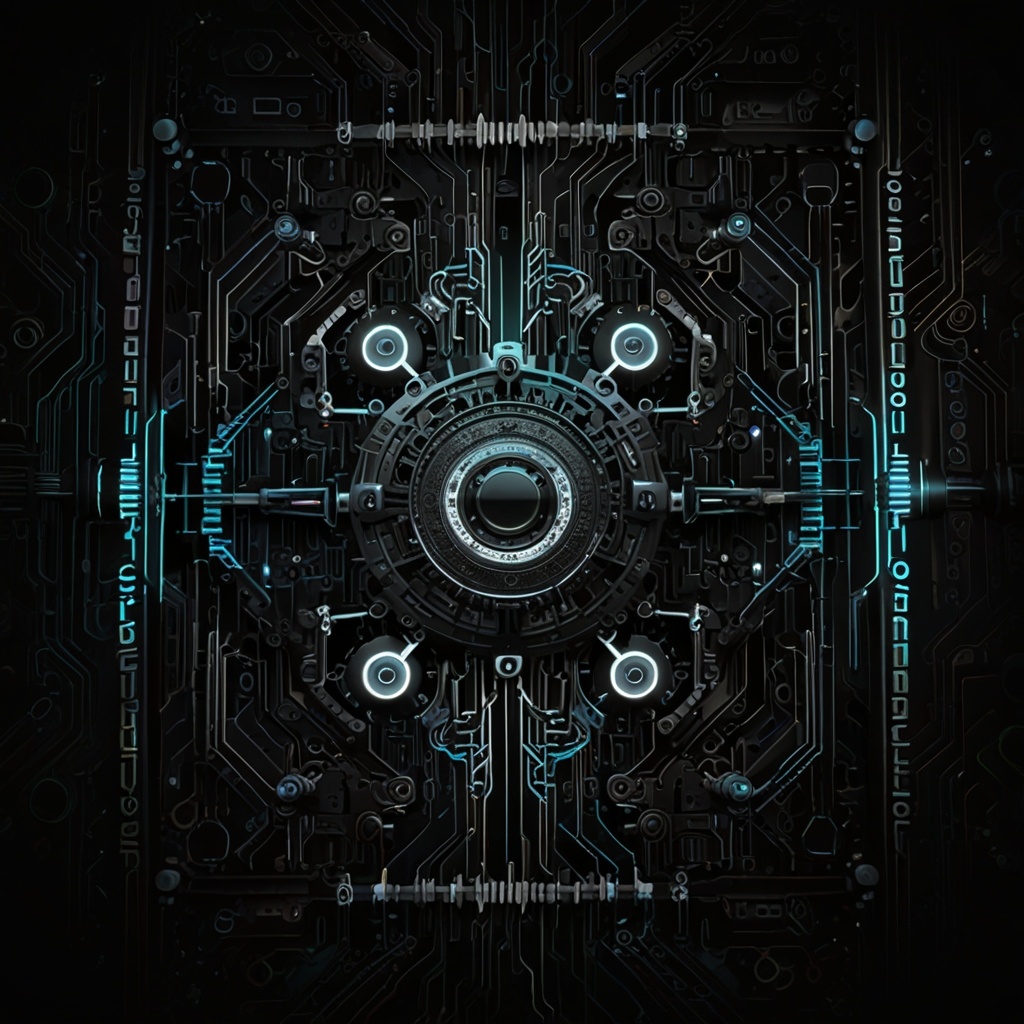In the evolving landscape of digital education, personalization has become a central goal. Students differ in learning pace, prior knowledge, interests, and cognitive styles. A one-size-fits-all approach to teaching can no longer meet the diverse needs of learners. Enter Intelligent Tutoring Systems (ITS): AI-driven platforms designed to provide personalized instruction by simulating the behavior of a human tutor. One of the most revolutionary features of ITS is the creation of adaptive learning paths customized educational journeys tailored to individual learners. This comprehensive study explores the architecture, algorithms, benefits, limitations, and future of adaptive learning within ITS.
An Intelligent Tutoring System is a software application that uses artificial intelligence to replicate the behavior of a human tutor. It dynamically adapts instructional content and feedback based on student performance, engagement, and learning style. Unlike traditional learning management systems (LMS) that follow a rigid curriculum, ITS platforms assess learner needs and deliver targeted instruction in real time.
This defines what is being taught. It includes subject-specific content, relationships between concepts, and structured knowledge representations such as concept maps or skill trees.
This is a dynamic representation of what the student knows, misunderstands, or struggles with. It tracks knowledge acquisition over time and predicts future performance.
This module decides when and how to teach. It determines instructional strategies, such as whether to offer a hint, give an explanation, or present a challenge question.
The front-end where the learner interacts with the system. Modern ITS use voice, text, and sometimes even virtual agents or gamified avatars to enhance engagement.
Adaptive learning paths are the heart of personalized instruction in ITS. They adjust the content sequence and complexity based on how a student performs, learns, and interacts.
Estimates the probability that a student has learned a specific skill based on past answers. Common in math and science ITS.
Uses recurrent neural networks (RNNs) to model a learner’s knowledge over time, capturing long-term dependencies and nuanced patterns.
ITS can use RL to learn the optimal teaching policy. Each learner interaction is treated as a state transition with rewards for improved understanding or engagement.
Simple ITS platforms use predefined rules to guide instructional decisions (e.g., “if error occurs, show hint A”).
For free-text responses, NLP is used to assess grammar, semantics, and concept correctness. It also powers conversational agents within ITS.
ITS like Carnegie Learning and DreamBox adaptively teach math, science, and reading in primary and secondary schools.
Platforms like ALEKS and Smart Sparrow are widely used in universities to deliver personalized instruction in algebra, chemistry, and economics.
Companies deploy ITS for onboarding and upskilling, especially in areas like compliance, cybersecurity, and technical training.
ITS systems in language apps (e.g., Duolingo, ELSA Speak) use adaptive speech and grammar drills to personalize content for non-native learners.
Adaptive systems are essential for tailoring instruction to students with disabilities or learning difficulties, using multimodal interfaces.
Students using ITS often achieve higher test scores and faster mastery compared to traditional instruction, due to immediate feedback and tailored pacing.
By aligning content with student interests and levels, ITS keeps learners engaged longer and more effectively.
One tutor can only serve a handful of students, but ITS can personalize learning for thousands at once.
Teachers and administrators get dashboards showing student progress, common misconceptions, and time-on-task metrics.
Creating robust ITS requires subject matter expertise, AI engineers, instructional designers, and a deep dataset of learner behavior.
ITS works best in structured subjects (math, programming). Humanities and creative subjects are harder to model adaptively.
Tracking user data must be transparent and compliant with GDPR, COPPA, or FERPA. Ethical use of AI in education remains a topic of debate.
Students without reliable internet or devices may be left out of ITS-enhanced learning experiences.
ITS must be positioned as a supplement, not a replacement, to teachers. Professional development is needed to ensure effective use.
This math-focused ITS uses cognitive modeling and AI to tailor content to each student’s skill level. Studies show significant gains in algebra proficiency.
Used in higher education, ALEKS assesses student readiness and customizes coursework dynamically, improving pass rates in gateway STEM courses.
One of the largest ITS deployments, Squirrel AI serves over a million K–12 students using advanced adaptive learning and NLP technologies.
Combining video, voice, gesture, and text to understand student engagement and comprehension more holistically.
Using emotion recognition (e.g., facial expressions, voice tone) to adjust pacing, content, or encouragement.
As ITS becomes more complex, explaining AI decisions (e.g., “why was this topic skipped?”) is vital for trust and transparency.
Systems that allow peer-to-peer interaction, guided by AI, to encourage social learning while still providing personalization.
Letting students view and interact with their own knowledge models helps build self-awareness and metacognitive skills.
Intelligent Tutoring Systems with adaptive learning paths are reshaping education by offering personalized, scalable, and data-driven instruction. By tailoring the pace, content, and support for each learner, ITS can close achievement gaps, improve engagement, and prepare students for a future where continuous learning is essential. However, realizing the full promise of ITS requires thoughtful design, ethical implementation, and meaningful integration with human educators. As AI continues to evolve, adaptive learning will become not just a feature but a foundation of the educational experience.
